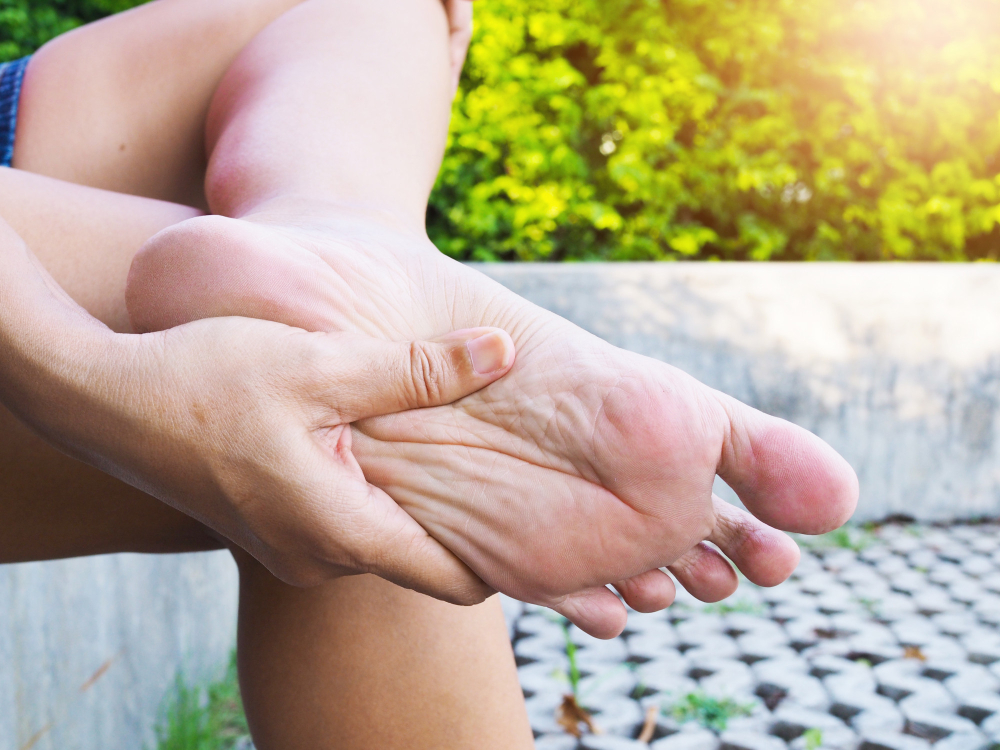Heel Spur
Heel Spur
Heel spurs are inflammation of the heel part of the foot caused by weight gain, sudden load on the sole of the foot, and the wrong shoes worn. Heel spurs cause pain in cases such as waking up in the morning, getting up while sitting during the day. In the heel part, a hard tissue similar to calcification accumulates. This tissue is a calcification-like texture. It is a pain that hurts more when you get up in the morning, but decreases as you walk during the day, as if a thorn is pricked. If there is intermittent pain during the day, this is also a symptom of heel spur. It also gives the person a feeling that makes walking difficult.
What are the Causes of Heel Spurs?
There are many reasons for the formation of heel spurs. It occurs in cases such as damage to the muscle and connective tissue of the heel for a long time, excessive load. Conditions such as overloading the heel, overexertion of the heel bone are among other causes. It usually occurs with situations such as wearing unsupported shoes, walking on hard surfaces, jumping and jumping. Heel spurs can also be seen in advancing ages.
Heel spurs sometimes occur as a result of some diseases. Heel spurs can also be seen in people with conditions such as arthritis, obesity and walking problems. Heel spurs are not an immediate ailment. It develops and progresses over time. It usually presents with heel pain first. If there is such a symptom, it is useful to go to the doctor as soon as possible.
Heel Spur Treatment
There are many treatment methods to control heel spurs. One of the easiest and recommended methods is rest. Resting helps reduce pain and inflammation. Apart from that, that area is relieved by applying ice. Swelling is reduced. By using orthoses, the pressure on the heel is reduced. It can be used by placing it inside the shoe. This pressure can be reduced by wearing shock absorbing sneakers. With the acupuncture treatment method, heel spurs can be cured by stimulating them with needles.
Apart from these, heel spur medications given by doctors can also be used. In very rare cases, the heel spur can be removed by surgery if necessary. It is usually the last method applied. Since other treatment methods are effective, surgery is not required.


